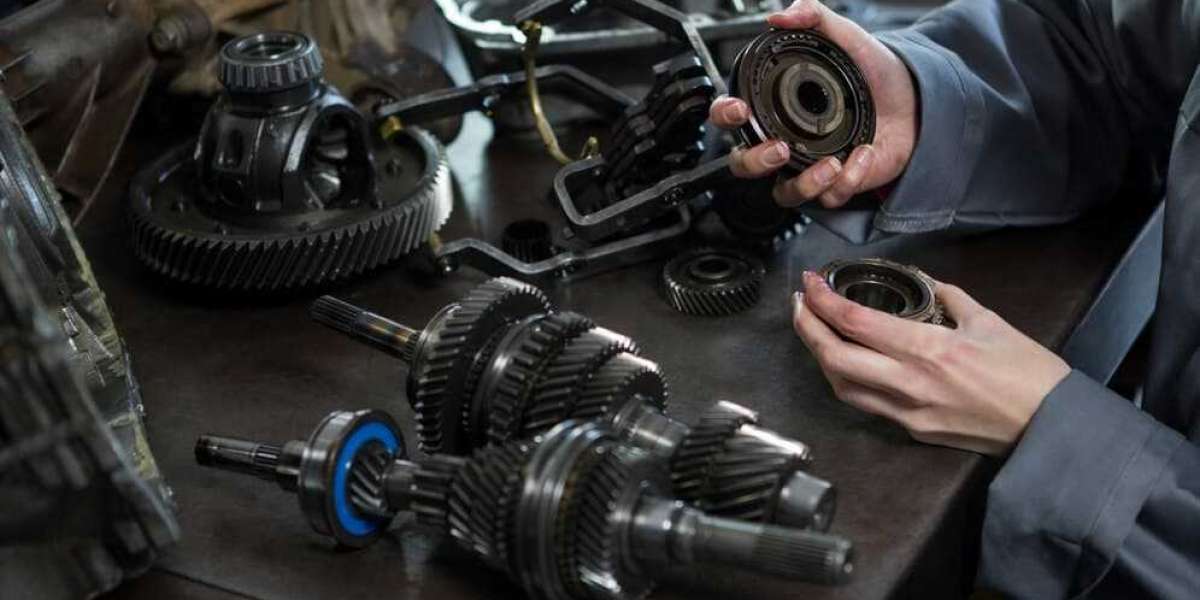When it comes to vehicle maintenance, certain components are often overlooked until they cause significant problems. Among these, the timing belt replacement stands out as one of the most crucial yet frequently neglected parts of an engine. This article delves into the importance of the timing belt, offers essential tips for its replacement, and highlights the consequences of ignoring this vital component.
Understanding the Importance of the Timing Belt
The timing belt plays a pivotal role in ensuring that your engine runs smoothly. It synchronizes the rotation of the crankshaft and camshaft, allowing the engine's valves to open and close at the proper intervals during the intake and exhaust strokes. A well-maintained timing belt contributes to optimal engine performance, fuel efficiency, and overall vehicle longevity. Ignoring its condition can lead to catastrophic engine failure, resulting not only in costly repairs but also in safety hazards on the road.
Research indicates that a large percentage of drivers are unaware of the recommended replacement intervals for their timing belts. Most manufacturers suggest replacing the timing belt every 60,000 to 100,000 miles, depending on the make and model of the vehicle. This guideline serves as a preventive measure, enabling drivers to avoid the dangers associated with a broken timing belt, which can cause severe engine damage.
Signs Your Timing Belt Needs Replacement
Recognizing the signs of a failing timing belt is crucial for any vehicle owner. While some symptoms may be subtle, others can be more evident and alarming. For instance, if you notice a high-pitched whining noise coming from the engine, it could indicate that the timing belt is wearing out. Additionally, if the engine misfires or runs roughly, it may be a sign that the timing belt has become loose or damaged.
Another clear indicator is the presence of oil leaks at the front of the engine. If you spot oil pooling near the timing belt cover, it could signify that the belt is deteriorating. Furthermore, if you see any visible cracks or fraying on the belt itself, it is imperative to replace it immediately. Proactively addressing these signs can save you from unexpected breakdowns and costly repairs down the line.
Timing Belt Replacement: When and How
The timing belt replacement process is not something that should be taken lightly. Given its significance, it is advisable to consult with a professional mechanic for this task. However, understanding the basic steps involved can arm you with useful knowledge when discussing maintenance with your mechanic.
First and foremost, it is essential to determine the appropriate replacement interval for your vehicle's timing belt. As previously mentioned, this can vary widely among different makes and models. Once you have established a timeline, the next step is to gather the necessary tools and replacement parts. This typically includes a new timing belt, tensioner, and possibly water pump, as these components often work in conjunction.
The replacement process itself involves several intricate steps. It usually starts with removing the engine covers to access the timing belt. After loosening the tensioner and removing the old belt, the new timing belt is carefully positioned according to the manufacturer’s specifications. This requires precise alignment of the camshaft and crankshaft to ensure smooth engine operation. Once the new belt is in place, the tensioner is re-engaged, and everything is reassembled.
While some skilled DIY enthusiasts may feel confident in tackling this job, it is crucial to remember that improper installation can lead to severe engine damage. Therefore, if you are unsure about any aspect of the timing belt replacement process, seeking professional assistance is always recommended.
The Cost of Ignoring Timing Belt Replacement
Neglecting the timing belt can have dire consequences, both in terms of safety and financial expenditure. A broken timing belt can lead to a catastrophic engine failure, requiring a complete engine rebuild or replacement. This type of repair can range from several hundred to several thousand dollars, depending on the extent of the damage and the vehicle's make and model.
Furthermore, the inconvenience of being stranded due to a timing belt failure can disrupt daily life and lead to lost wages or additional expenses for towing and repairs. The peace of mind that comes from knowing your timing belt is in good condition far outweighs the costs associated with its replacement. In essence, investing in regular maintenance can save you from the headaches and financial strain that often accompany major engine repairs.
Conclusion: Prioritize Your Timing Belt Maintenance
In summary, the timing belt is a critical component of your vehicle that deserves attention and care. Understanding its importance, recognizing the signs of wear, and adhering to recommended replacement schedules will ensure your engine operates smoothly and efficiently. By prioritizing timing belt maintenance, you can avoid the potential pitfalls that come with neglecting this essential part of your vehicle.
For those who may feel overwhelmed by the prospect of timing belt replacement, or for individuals who simply prefer to leave it to the experts, CARma Auto Care is here to help. With our team of skilled professionals, you can be assured that your vehicle is in good hands. Don’t wait until it’s too late : schedule your timing belt replacement today and keep your engine running like new!







